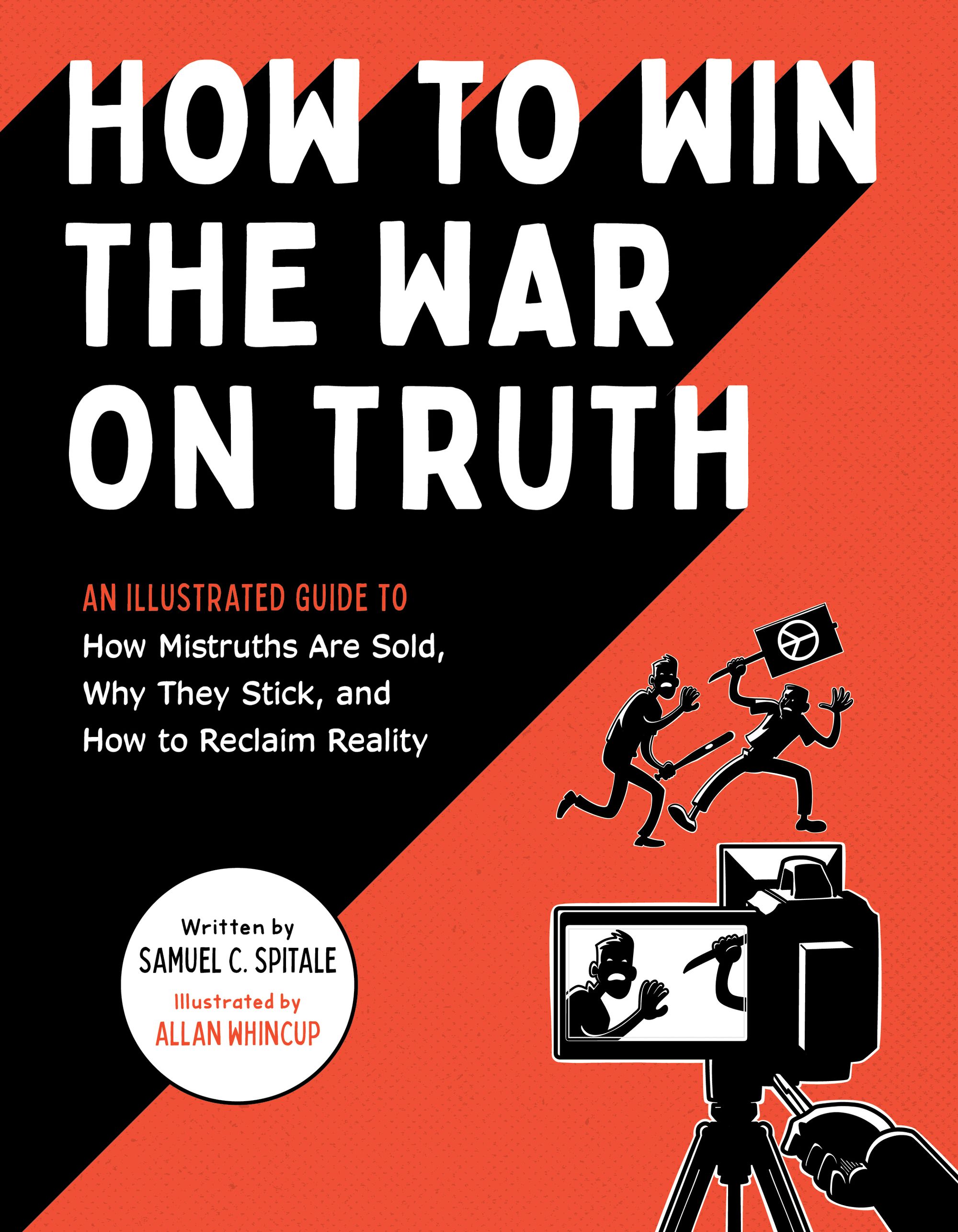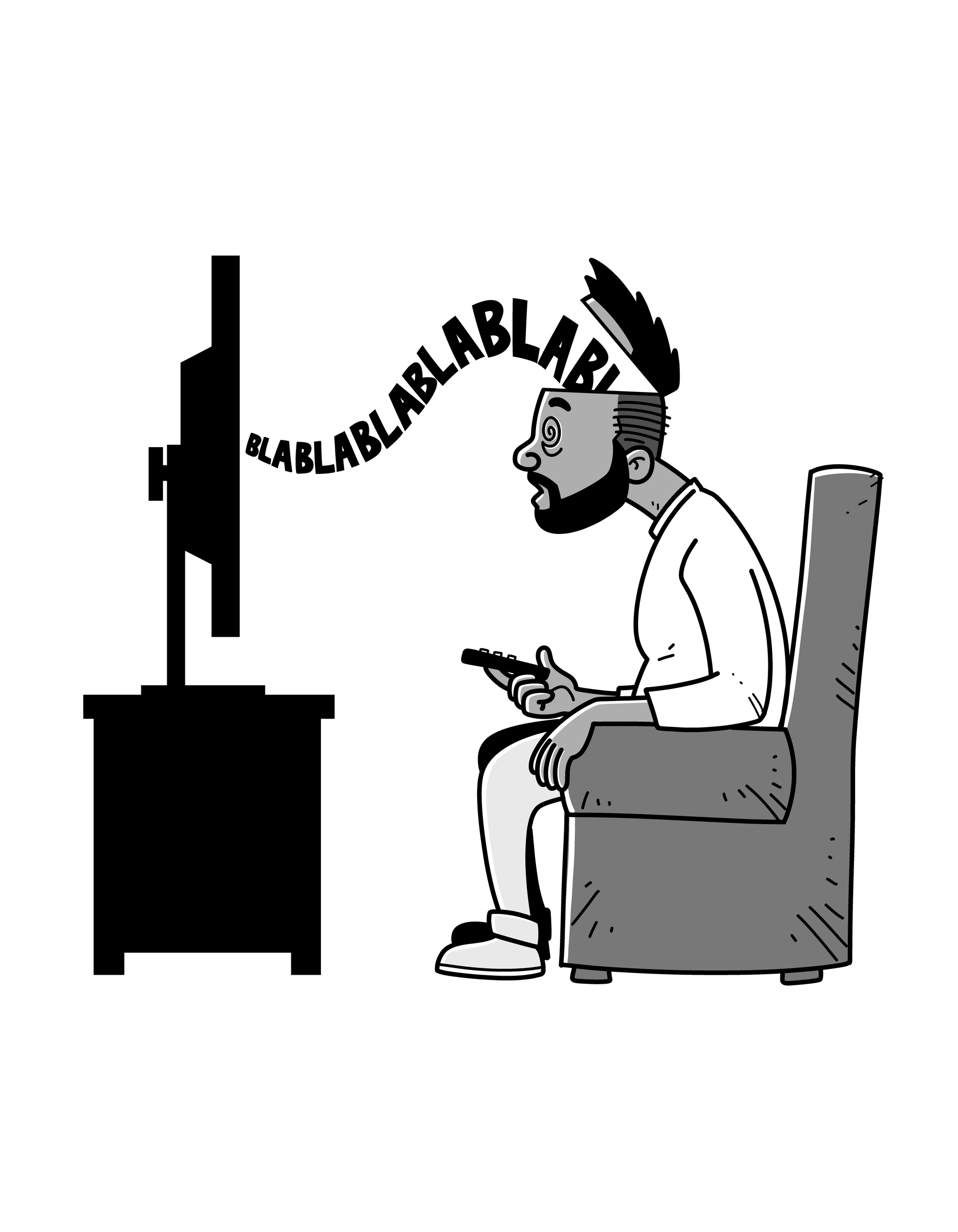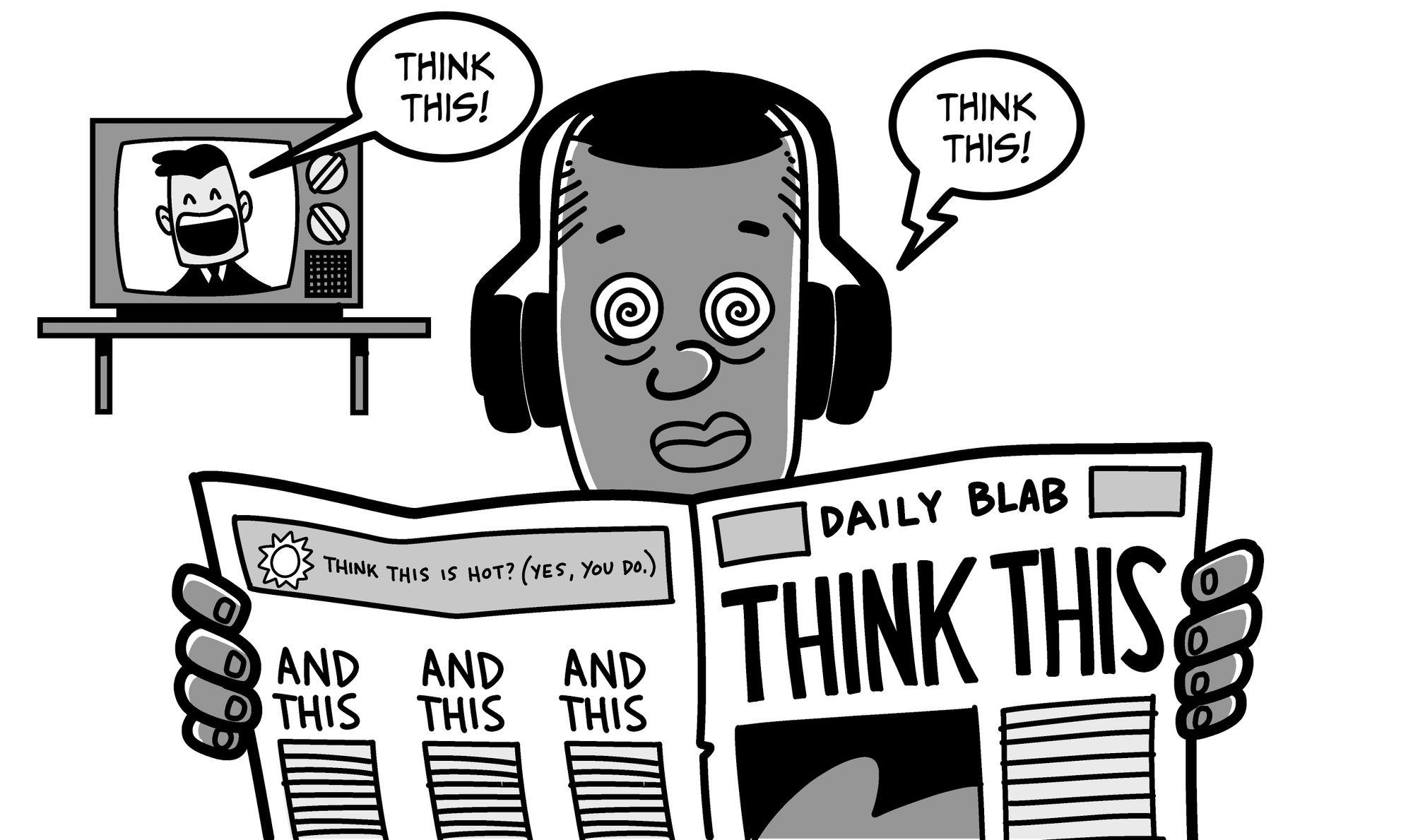
How to Win the War on Truth
About three months ago, I was tasked with writing an article. It was supposed to be about how we frame language by using words in insidious ways. We can limit debate, manipulate a reader's attention while telling a story, or change perceptions of reality and the world around us via advertising and propaganda.
Turns out, someone already wrote it. And did it way better than I ever could.
I originally planned on using How to Win the War on Truth, written by Samuel C. Spitale, as research for the article. What a great idea it would be to use a resource from our Pipeline family. Not to mention that sweet, sweet cross-promotion. Spitale himself would probably remark how this is an excellent example of advertising propaganda disguised as content. Now that I've read the book, I'd have to agree with him. Although, it does the book a massive disservice to view it solely through the cynical lens of "free contest promo."
(Full disclosure: although I'm a Pipeline exec, I had no role in picking the book to win the Book Pipeline Nonfiction competition. In fact, I'd never read it until after it won.)
How to Win The War on Truth is a vitally important, highly accessible piece of educational literature that everyone and their mother should read. Seriously, give a copy to your mom. She—along with everyone else—has got a whole lot of deprogramming to do from the 4,000-10,000 messages from the media that assault our eyeballs every day.

Few issues are more relevant than establishing media literacy among our population. How to Win the War on Truth does a great job of taking this complex issue and breaking it down into easily digestible pieces—using the very same language, visual, and educational tactics that it describes about our media. While reading, you might even notice how the book itself is manipulating your attention, forcing your mind into shortcuts or logical traps like black-and-white thinking, guiding you to accept certain statements as fact.
Once you've fallen into the trap, it invites you to think critically about what you've just read.
Take this tidbit on page 236, for example:
"The oft-used 'Crooked Hillary' implies disgust, contempt, and distrust. It doesn't matter that studies show Hillary Clinton is one of the most honest politicians alive."
The first statement is demonstrably true. Politicians and their supporters often use demonizing names and language to elicit a specific negative emotional reaction from their opponents, no matter their accomplishments or intentions.
But the second statement on Clinton's honesty? Which studies show this? How do they show it? Who conducted them? What's the criteria? How does the data cited from Politifact determine the veracity of a given politician's statement, whether it be from Donald Trump, Marco Rubio, Bernie Sanders, or Hillary Clinton?
Depending on your political persuasion, you might be tempted to take a section like this and negate every other insight in the book as fraudulent or untrustworthy. "This guy loves Hillary and the Democrats! I can't trust a word he says!"
Check that instinct for a second. This is, in essence, the thesis of the book. In a media landscape of constant manipulation, bias and lies—how do we know what's true? How can we trust the information given to us without thinking critically about where it came from and who might benefit from our perception of it?
Every single source of information has a bias. Every single outlet spreads a certain agenda, to varying degrees. It doesn't matter if it's CNN, Al Jazeera, Jacobin, The New York Times, Reuters, Fox News, MSNBC, The Chinese Communist Party, The United States Government, or Russia Today.
On any given day, any media source can tell you a lie or the truth, regardless of how many times they've lied or told the truth previously. "Most Americans are living paycheck to paycheck" is still true when coming from Donald Trump. "The COVID-19 pandemic is over" is still a lie when coming from Joe Biden. Your only hope is to compare and contrast, understand who benefits from the information you're being given, and be constantly vigilant of the tactics described in this book—no matter your ideology.

The closest you're ever going to get to unvarnished truth is either rigorously peer-reviewed scientific research (not directly funded by industry front groups) or primary sources from major historical events (e.g. physical documents/records the Nazis kept during the Holocaust or archaeological/geological data on natural disasters or military battles). Even then, there will be inaccuracies, and you will be left to draw your own conclusions.
Ultimately, this is what How to Win the War On Truth encourages its readers to do.
We do not have the luxury to take information at face value. We live in an age where states are banning the education of widely-agreed upon historical facts. In the so-called "marketplace of ideas" conspiracy theories thrive right alongside established scientific and historical knowledge.
In fact, it's been that way since the dawn of human communication—just not at the sheer volume allowed by the information superhighway known as the internet.
All we can do now is try to find as much common ground as we can and build trust from that foundation. It starts here.